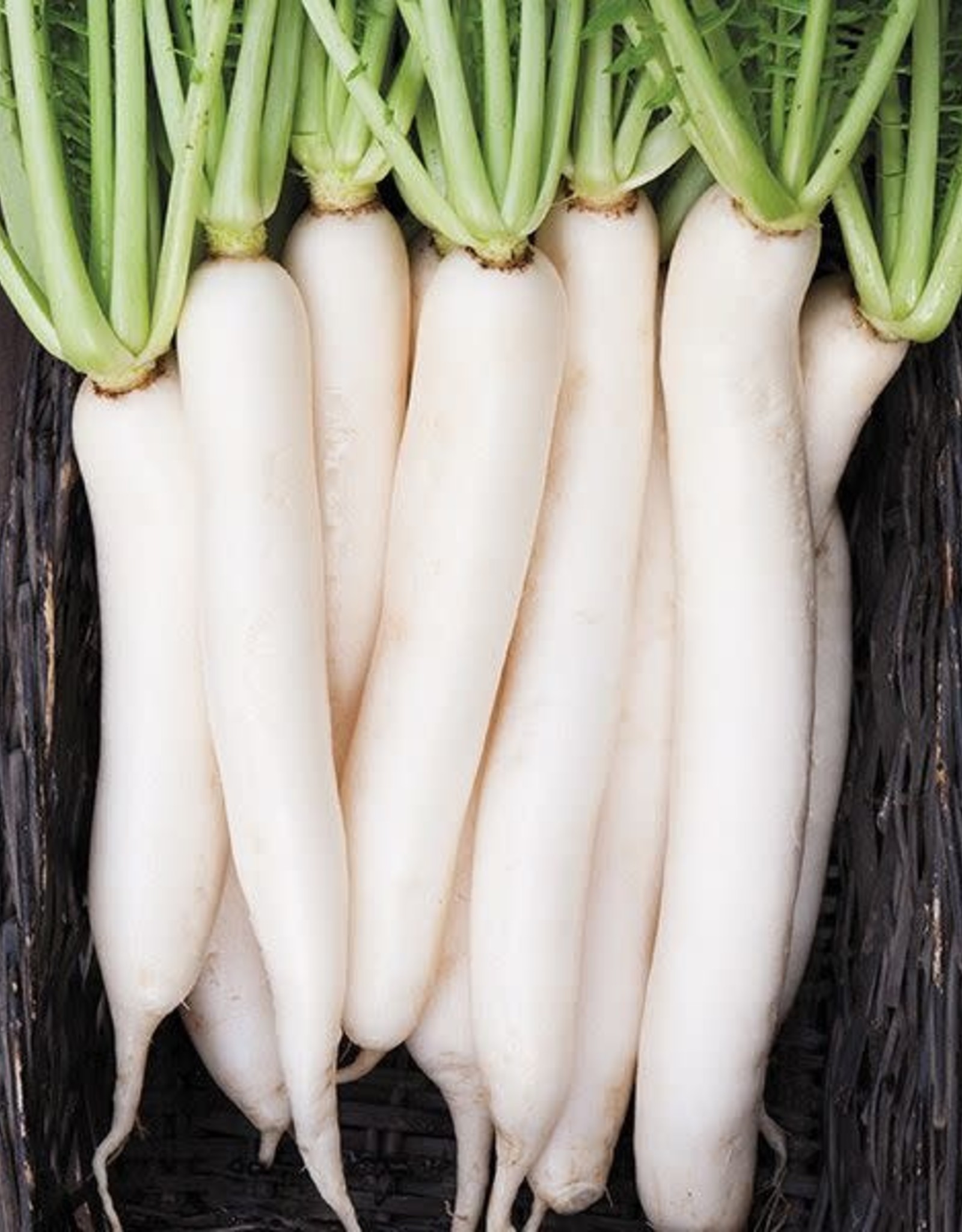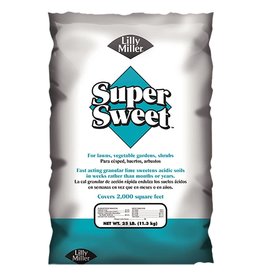HM Daikon Radish 1/16 OZ
| Availability: | In stock (14) |
Photo and Description Credit - High Mowing Seeds
Popular Japanese radish that can grow very large while remaining crisp and tender.
Pure white roots with pale green shoulders when exposed to sun. Excellent for pickling, fermenting or storage.
- Winter radish
- Stores well
- Large 2-6 lb roots
1,800-3,500 (2,650 avg) seeds/oz, 30-58M (44M avg) seeds/lb.
Seeding Rate
Garden Radishes- 2M seeds/100’single row (3/4 oz/100’single row), 958M seeds/ acre (~22lb/acre) using 20 seeds/ft, 12” row spacing. Daikon Radishes- 660 seeds/100’ (1/4oz/100’ single row), 288M seeds/acre (~6.6lb/acre) using 6 seeds/ft, 12” row spacing. M= 1,000
Cultural Info
Radishes (Raphanus sativus) are hardy annuals in the Brassicaiceae family, which includes broccoli, Brussels sprouts, cabbage, cauliflower, collards, kale, kohlrabi, turnips, mustards, watercress and horseradish. Most varieties are best harvested young, but some are specifically selected as winter storage radishes.
Soil Nutrients and Requirements
Remove stones from loose, well drained soil with pH 5.8-6.8. Go easy on nitrogen, as excessive amounts can lead to big tops and little roots.
Seeding Depth
Planting depth: 1/4-1/2”
Plant Spacing
Plant spacing: for garden radishes 1”, for daikon 4-6”. Thin if necessary to ensure even sizing.
Row Spacing
For garden radishes 8-12”, for daikon 12-16”.
When to Sow
Radishes can be direct seeded as soon as soil can be worked and are best adapted to the cooler temperatures and shorter day-length of spring and fall. Optimal soil temperature for germination is 65-85°F. Seedlings emerge within a few days. Plant every 10 days for a continual supply. Winter radishes should be planted to mature around fall frost date.
Harvest
Harvest radishes on time as they do not hold well in the field, especially in warm weather when roots tend to become pithy and pungent.
Storage
Topped radishes will keep good quality for 3-4 weeks if store at near freezing temperatures with high humidity in semi-permeable containers.
Pest Info
- Flea beetles can present a problem, particularly for young plants, by chewing small holes in the leaves. Healthy plants usually outgrow the damage to produce a fine crop. Where undamaged leaves are desired or flea beetles are especially problematic, use floating row cover (see Supplies) from time of planting until two weeks after leaves emerge.
- Floating row cover also helps prevent the cabbage root maggot, which feeds on the plant roots.
Disease Info
- Like other crucifers, radishes can be subject to fungal diseases in wet seasons, such as Alternaria Leaf Spot and White Mold (sclerotinia).
- Clubroot is a soil borne disease which stunts the roots of the plants so that they are not able to develop normally. Rotate crops and add lime to raise soil pH to 7.2.



